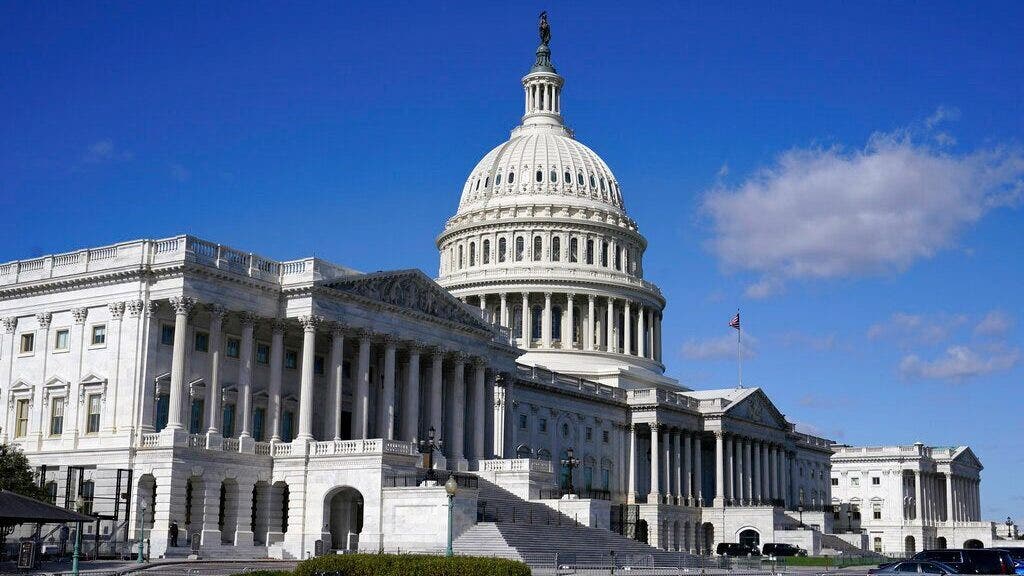President John Adams made the decision to move the federal government from Philadelphia to Washington, D.C. on May 15, 1800. This move was completed quickly with important documents being transported by ships. Adams had ordered his cabinet to ensure all offices would be operating in Washington, D.C. within one month. Philadelphia officially ceased to serve as the nation’s capital on June 11, 1800. The small size of the federal government at that time, with only about 125 federal employees, allowed for the swift transition. Today, the federal government employs over two million people.
On July 16, 1790, President George Washington signed the Residence Act, which established the building of a capital city along the Potomac River. This led to Philadelphia being declared a temporary capital for a 10-year period, until Washington announced the location of the capital known as the District of Columbia on Jan. 24, 1791. Pierre-Charles L’Enfant, a French engineer, was tasked with designing and planning the new city. Many famous landmarks in D.C., including the White House and Capitol building, were still under construction when the government moved. President Adams and his wife, Abigail Adams, did not move into the White House until later in 1800. The Capitol’s House of Representatives’ portion was not completed until 1811.
The District of Columbia was officially named the capital of the United States of America, with the Capitol being the primary building for government operations. The first government session was held in the Capitol on Nov. 17, 1800, with enough space to accommodate the Senate, House of Representatives, Supreme Court, and the Library of Congress. President Adams expressed his hopes for the White House, praying for it to be blessed and inhabited by wise rulers. The completion of the Capitol and the White House marked the beginning of Washington, D.C. as the nation’s permanent capital. The city was meticulously planned and designed to represent the ideals and values of the newly formed country.
On May 14, 1973, SkyLab, the first US space station, was launched into orbit. This significant achievement marked a milestone in space exploration and research. Nearly a century earlier, on April 29, 2004, the World War II Memorial was opened in Washington, D.C. as a tribute to those who served and sacrificed during the war. The memorial holds great meaning and stirs memories for many people, honoring the bravery and dedication of those who fought in World War II. These historic events, along with the establishment of Washington, D.C. as the nation’s capital, are crucial moments in American history that shape the identity and culture of the country.
On April 30, 1789, George Washington was inaugurated as the first President of the United States. His leadership and vision were instrumental in shaping the early foundations of the nation. In his first State of the Union address on Jan. 8, 1790, Washington addressed the Congress and the American people, outlining his priorities and plans for the country. These key historical events, from the establishment of the capital in Washington, D.C. to the inauguration of the first president and the construction of important landmarks, reflect the growth and development of the United States as a nation. The decisions and actions of these founding leaders have had a lasting impact on the country and its future.


